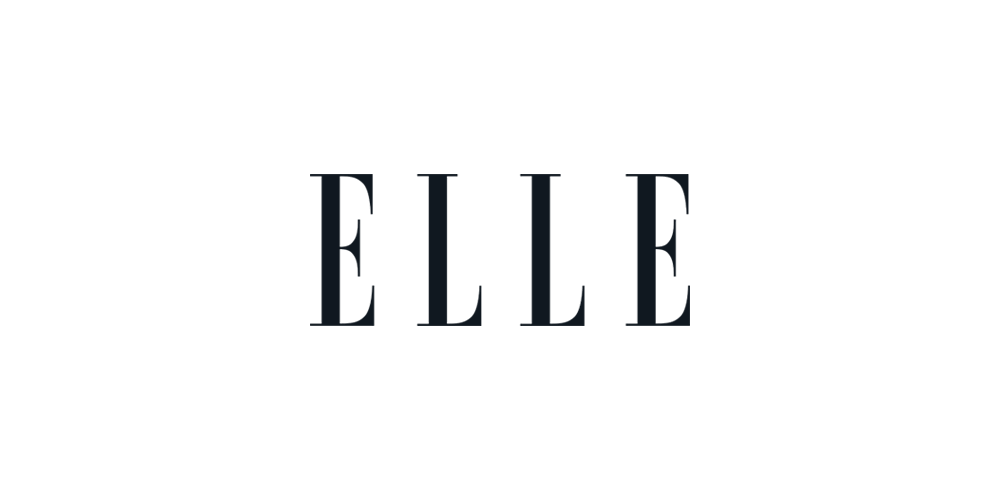Fast delivery available with all taxes and duties included.
Thank you to our 1,000,000+ customers.
Lacquer is a versatile finishing product widely used in woodworking, automotive industries, and even in arts and crafts. Known for its durable and glossy finish, it enhances the appearance of surfaces while providing protection against wear and tear. In this comprehensive guide, we'll delve into everything you need to know, from its uses and how it works to application techniques and common questions.
Lacquer is a clear or coloured wood finish that dries by solvent evaporation or a curing process, leaving a hard, durable surface. It is primarily used for:
Its quick-drying properties and high-gloss finish make it a popular choice for professionals and DIY enthusiasts alike. Hemway offers Gloss, Matte and Satin varieties.
No, lacquer and varnish are not the same. While both serve as protective coatings, their composition, application methods, and finish characteristics differ significantly. Lacquer dries faster and provides a harder finish, whereas varnish offers a more flexible and softer finish.
While both are used as protective finishes, they have distinct differences:
| Feature | Lacquer | Varnish |
|---|---|---|
| Composition | Made from dissolved tree resin or synthetic resin in alcohol. | A combination of resin, drying oil, and thinner. |
| Drying Time | Quick-drying due to solvent evaporation. | Slower drying as it cures through oxidation. |
| Finish | Provides a hard, durable, and high-gloss finish. | Offers a softer, more flexible finish with varying gloss levels. |
| Application | Applied using a sprayer or brush for a smooth coat. | Can be brushed or sprayed; more forgiving in application. |
| Durability | Highly durable and resistant to scratches and chemicals. | Good durability but less resistant to solvents and heat. |
Yes you can, but there are important considerations:
Lacquering over paint can enhance the gloss and provide additional protection, but proper preparation is crucial to avoid issues.
Our Hemway Clear Lacquers are suitable to be used outdoors. However if using alternate brands please be aware of the following, as it may not be suitable for outdoor use:
It works by forming a film over the surface it is applied to. Here's how the process unfolds:
This process results in a hard, glossy surface that enhances the appearance of the material while offering protection.
Yes, it acts as a protective barrier over paint, shielding it from scratches, chemicals, and minor abrasions. By applying it over paint, you can:
However, it's essential to ensure compatibility between the lacquer and the underlying paint to prevent issues like bubbling or peeling.
Hemway Clear Lacquer is suitable for outdoors
Hemway Clear Lacquer does not need any sanding before use
When using Hemway Lacquer you do not need to do any sanding or priming before use. However alternate brands may still require sanding:
Applying lacquer requires precision and the right tools:
Spraying is generally preferred for lacquer due to its fast drying time and the smooth finish it provides.
Following safety guidelines ensures a safe and successful application.
Lacquer is a valuable finish that enhances the beauty and durability of various surfaces. Understanding its properties, application methods, and how it compares to other finishes like varnish allows you to make informed decisions for your projects. Remember to prepare surfaces properly and follow safety precautions for the best results.
Whether you're a professional or a DIY enthusiast, mastering its use can elevate the quality of your work. For high-quality products and expert advice, visit hemway.com and explore our range of lacquer.












| Subtotal | |
| Discount | |
| Total |
